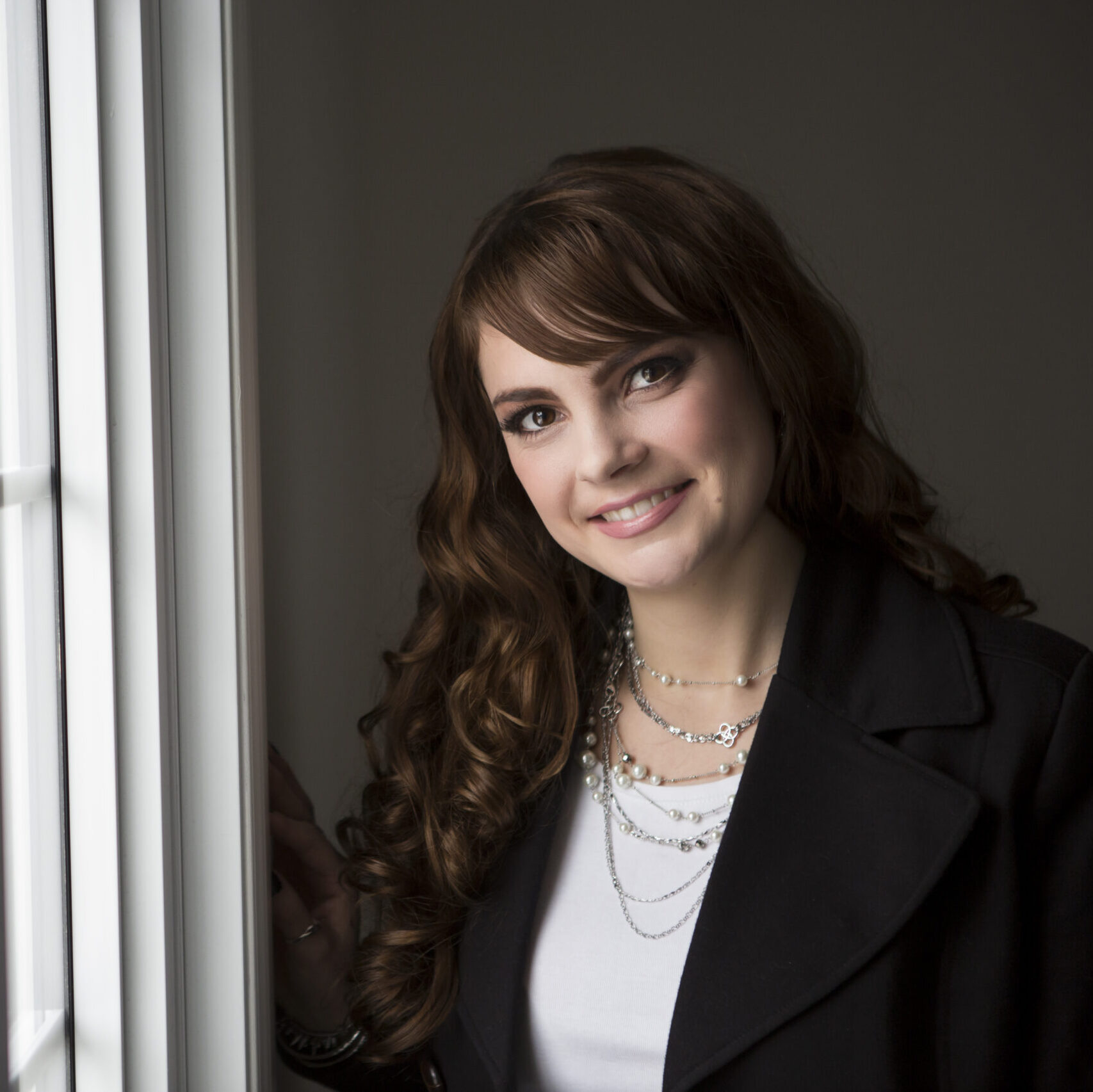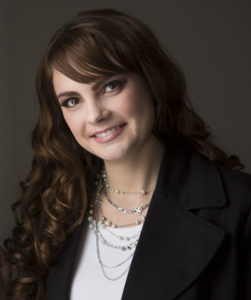Celebrating Saint Nicholas Day in Europe
Saint Nicholas (born Greek), had a reputation for gift giving, such as putting coins in the shoes of those who left them out for him, and thus became the model for Santa Clause, whose modern name comes from the Dutch Sinterklaas and his feast day is December 6.
 Its so interesting to look at how different countries celebrate Saint Nicholas, especially in Europe since that is where he is from and where the traditions began. Saint Nicholas wears the red clothing of a priest – the mozetta (robe) and miter, which is the head covering. The miter “has passed through many variations. At first it was a round cap fitting the head closely with a brow band and ribbons falling down on the back of the neck” (source). Sound familiar? If you look at the modern day depiction of Santa Clause he wears a red suit and a red hat with a white brow band and a long tail. As Saint Nicholas was associated with gift giving and riding a horse, it makes sense that Santa Clause would give gifts and perhaps the horse was stretched by some stories, etc. to become reindeer. The gifts in the shoes (Europe) are gifts left in stockings (North America). My question is how did Santa Clause come to give gifts on the night of the 24th of December rather than the 6th? Was it a difference of religion or culture or a bit of both?
Its so interesting to look at how different countries celebrate Saint Nicholas, especially in Europe since that is where he is from and where the traditions began. Saint Nicholas wears the red clothing of a priest – the mozetta (robe) and miter, which is the head covering. The miter “has passed through many variations. At first it was a round cap fitting the head closely with a brow band and ribbons falling down on the back of the neck” (source). Sound familiar? If you look at the modern day depiction of Santa Clause he wears a red suit and a red hat with a white brow band and a long tail. As Saint Nicholas was associated with gift giving and riding a horse, it makes sense that Santa Clause would give gifts and perhaps the horse was stretched by some stories, etc. to become reindeer. The gifts in the shoes (Europe) are gifts left in stockings (North America). My question is how did Santa Clause come to give gifts on the night of the 24th of December rather than the 6th? Was it a difference of religion or culture or a bit of both?
 Saint Nicholas is the patron saint of sailors, merchants, archers, thieves, children, and students in various countries in the Balkans, Eastern Europe and parts of Western Europe. In Belgium, Saint Nicholas day is celebrated by all. At my workplace, we are welcomed in the morning with baskets of oranges, biscuits and chocolates. I think the tradition goes that children recieve little gifts in thier shoes such as fruits, chocolates and other sweets.
Saint Nicholas is the patron saint of sailors, merchants, archers, thieves, children, and students in various countries in the Balkans, Eastern Europe and parts of Western Europe. In Belgium, Saint Nicholas day is celebrated by all. At my workplace, we are welcomed in the morning with baskets of oranges, biscuits and chocolates. I think the tradition goes that children recieve little gifts in thier shoes such as fruits, chocolates and other sweets.
I always wondered as a kid why we sometimes got the Santa Clause on the 6th day in the chocolate advent calendars my mom used to get us. I was always nervous on the 6th to see if it would the “ruined” by getting the Santa chocolate on the 6th of December rather than the 24th.
What makes the day even more special for me personally is that my name is Nicole, so technically it could be seen by some that I am named after Saint Nicholas, which is a popular tradition in parts of Eastern Europe. For example, many people in Romania have a name that is the same or a variation of a Saint and on the particular Saint’s Day, the person’s “Name Day” is celebrated. December 6th also happens to be my birthday. So I have 3 reasons to celebrate!
It seems like such a nice holiday for many Europeans. Its like a pre-Christmas celebration and now that I know the full meaning of the day, my birthday seems much more special.
Do you celebrate Saint Nicholas Day? If so, what are your traditions?


Happy Birthday, Nicole!! How did you celebrate today? Is it your 24th birthday? I hope it was a great day for you and I wish you many, many more, my sweet friend!
we celebrate Christmas rather than St Nicholas’ Feast day. The accepted birthdate of Jesus is Dec 25th, when gifts were brought to celebrate. For Catholics and most Christians, Christmas is the celebration of his birth. In New York City in the early 1800s, known then as New Amsterdam, the Dutch and European tradition of celebrating Sinterclaas on Dec 6th was woven into the culture. Since Saint Nicholas was a gift-giver and Jesus’ birth was celebrated in part by giving gifts, the two events evolved into one over the next cemtury. That’s it in a nutshell, but there’s more to how it all came about and how the traditions changed over many centuries.
Being born in December, myself, I always wished I’d been named Noelle or Nicole…:).
Hi Marcia,
Thanks so much for the birthday wishes. It really was a great day!
Its soooo interesting how the two evolved into one. If you allow me, I might add the info you provided below to my blog post. I could include your name and a link back to your blog. I will have to check my blog post comments after work.
How do you know about all this anyways?
Your name comes from Mary I guess, so its very special too. 🙂
Thanks again for the lovely email, Nicole
How do I know this? Mostly from being a Catholic, learning some in school and researching a little when I was younger. What I’ve given you is very general. Here’s teeny bit more…the reason the 25th is accepted as Jesus’ birth is because it falls nine months after Annunciation (Catholic holy day), the supposed conception of Jesus.
Yes, feel free to add this into your post and it would be terrific if you linked back to me. PS-my name is actually derived from Martha. It is a biblical name but unfortunately not one I like.mI am called Martha accidentally by a lot of people and Angela Peart just dubbed me Martha Richards-Stewart because of my baking, so I guess I’m stuck with the occasional reference. 🙂
Happy Birthday, Nicole and may you have a wonderful year! And you are right, we have this tradition [still] in Romania when on St. Nicholas’ Day kids will receive little gifts [sweets and fruits also] near their shoes if they’ve been good the year before. If they’ve been bad they will receive a rod. 🙂 it is a beautiful day, so you should celebrate it! 🙂
Happy Belated BIRTHDAY Nicole – woot woot – what an incredible story to unearth to celebrate you being born on such a special day and being named after such a special person. Sooo cool! I love it! How did you mark the occassion?!
Best wishes for an ahhhmazing year ahead! xoxox
I live near Brussels, so when I was younger, Sinterklaas was one of the most exciting feasts we had. I couldn’t sleep and was hoping so much that I would receive the present I wished for. The next morning I saw what he had put in my shoe. It were oranges, sweets, toys and choclates and at school it was celebrated too with a visit of the Sint himself!
In Belgium this is a really important celebration and indeed something like Santa Claus, but the latter we don’t celebrate.
Interesting post by the way 🙂
Since living in Brussels I’ve enjoyed celebrating Saint Nicholas Day. Thanks for the comment.
Hi Nicole, i like your post. In my homeland, the Philippines, we celebrate on the eve of 24th of December, and the gift giving starts from that day until the 1st of January (so those who didn’t able to give a person/child a gift on Christmas eve or Christmas day, they can still give a gift until New Year). But when i went to Europe more than 2 years ago, i experienced Sinterklaas in Holland and it’s one of their important festival. It interests me a lot and i wanted to know how other European countries celebrate Saint Nicholas Day.
I love to celebrate both the Saint Nicholas Day and Christmas eve. 🙂
I was born on the 6th of December too! I wonder why my mom didn’t name me after Saint Nicholas, instead, she gave me a female variation of my brother’s name. But when my brother had his first daughter, i named her after Saint Nicholas and since she was born on Saint Lawrence day, i named her Nichole Lorraine, and i’m very happy with that.
I hope i will experience how other countries celebrate the Saint Nicholas day.
yes, x-mas and Santaclause-day are 2 different things, close in the calendar. So December 6 is Santaclause day. Tradition has it, that as in many EU cultures (especially ones linked to catholics/saints), name days are celebrated. (it’s not a birthday, it’s a name day (again, 2 different celebrations!!!). So long behold, Nicolas is celebrated on December 6. There was this bishop (yes, head to toe red suit with a red pointy hat!!!), Nicolas, who on his name day went around his village and dropped off little tokens of gifts at people’s homes. Some in the window, some by the door, and for huts dug into the ground-through the opening at the top. (remember this is IVth century- these make-shift huts are most common (IV=four, in roman numbers)). As you can imagine, december is not a hot month , thus people were putting their shoes/ socks/boots by the fire/ door/window to dry them out overnight. Some of these gifts landed in the shoes/stockings. Hence the tradition putting your shoes in the window/ by the door the night before (december 5) or hanging your stocks by the fireplace. Now, the Krampus is a later addition, i believe by the Germans. (the little black devil)- if you live in Wisconsin or other German populated area (or anywhere in EU) you may know this character, but I bet most americans/canadians never heard of the Krampus. Anyhow,…. your Santaclaus chocolate is not for X-mas, eat it as soon as you can!- or your siblings will!!! (and they’ll blame it on the Krampus!) 🙂
Even as a kid we always got Santabags with fruit (traditionally: orange/ apple and nuts), a Santa-chocolate, and different small candy in a narrow red cellophane bag (to fit into a shoe/boot) with gold santa designs, tied at the top. Oh, yes: One more thing, you must clean your shoes spotless to put them in the window or you’ll get nothing or if you were a bad kid you’ll get the twigs. (be warned!- also available commercially and parents will get them!!!)
All across EU kindergartens Santa has his own songs, and most employers will give santa bags to employees’ kids or even throw a Santa visit and programming and invite all employees’ and their kids(towns , shopping centers do the same). (we also have children’s day in May, with similar treats from towns and employers alike…but that’s another chapter that never made it to the americas.)